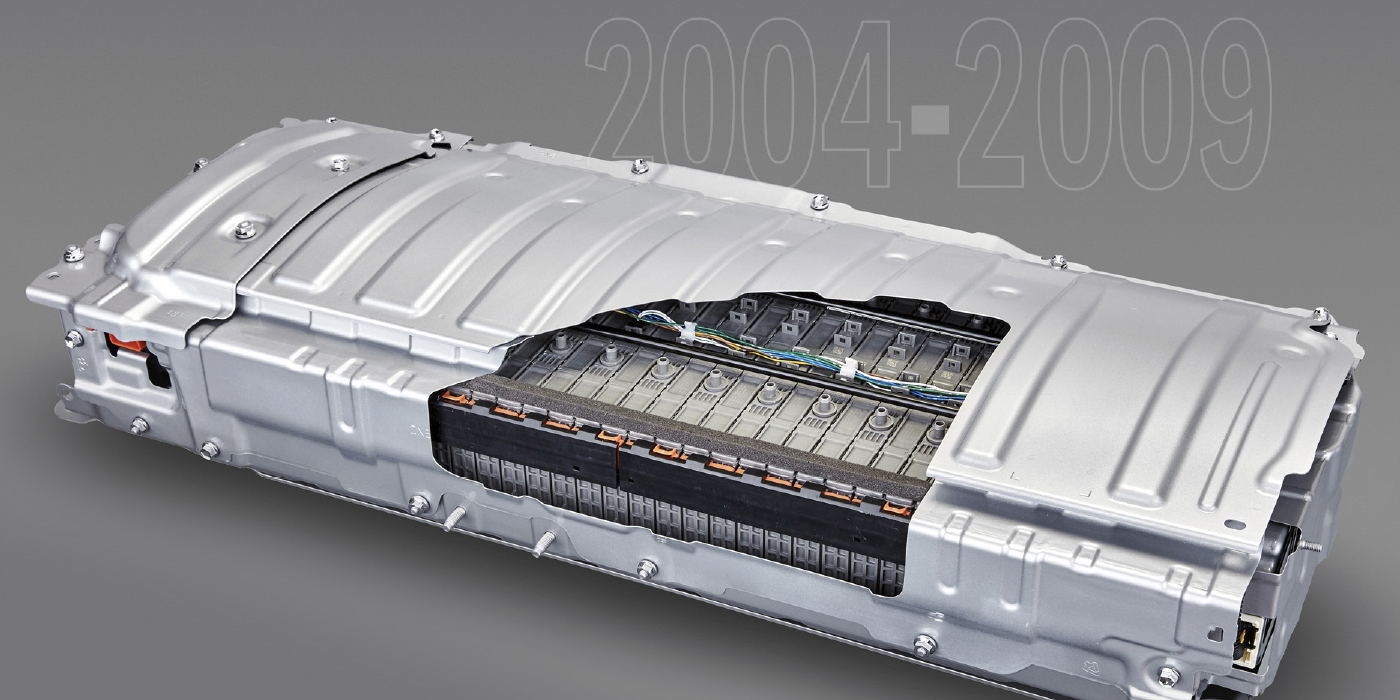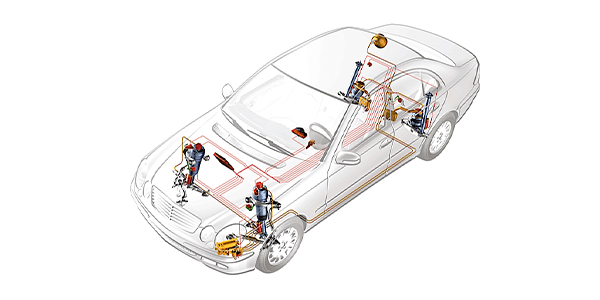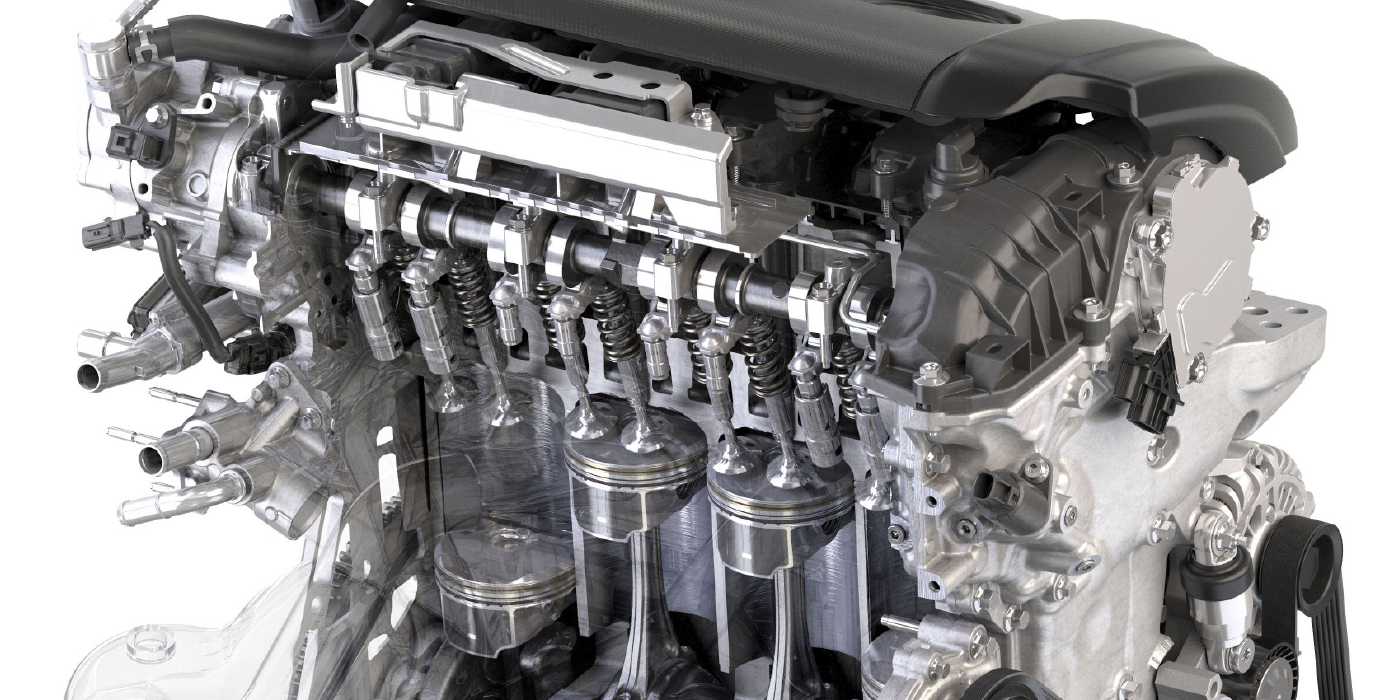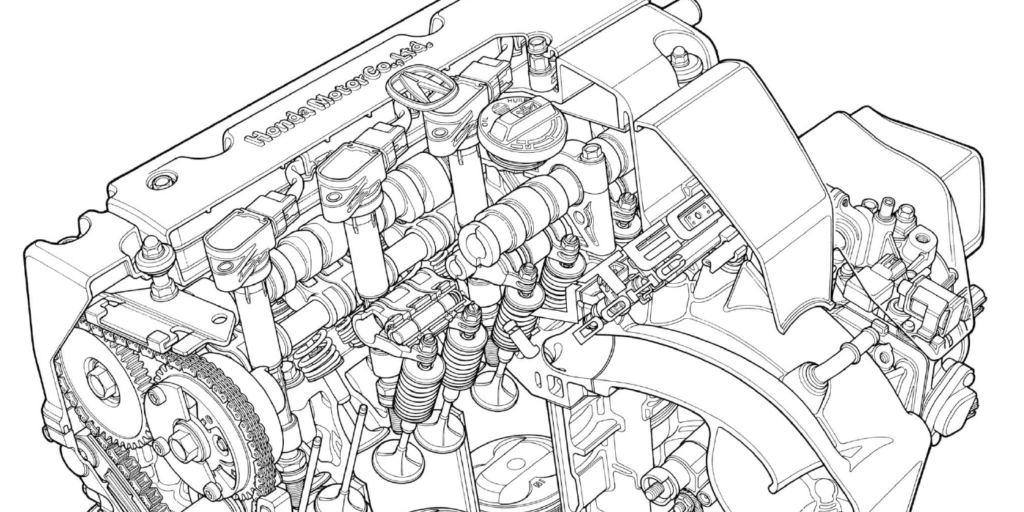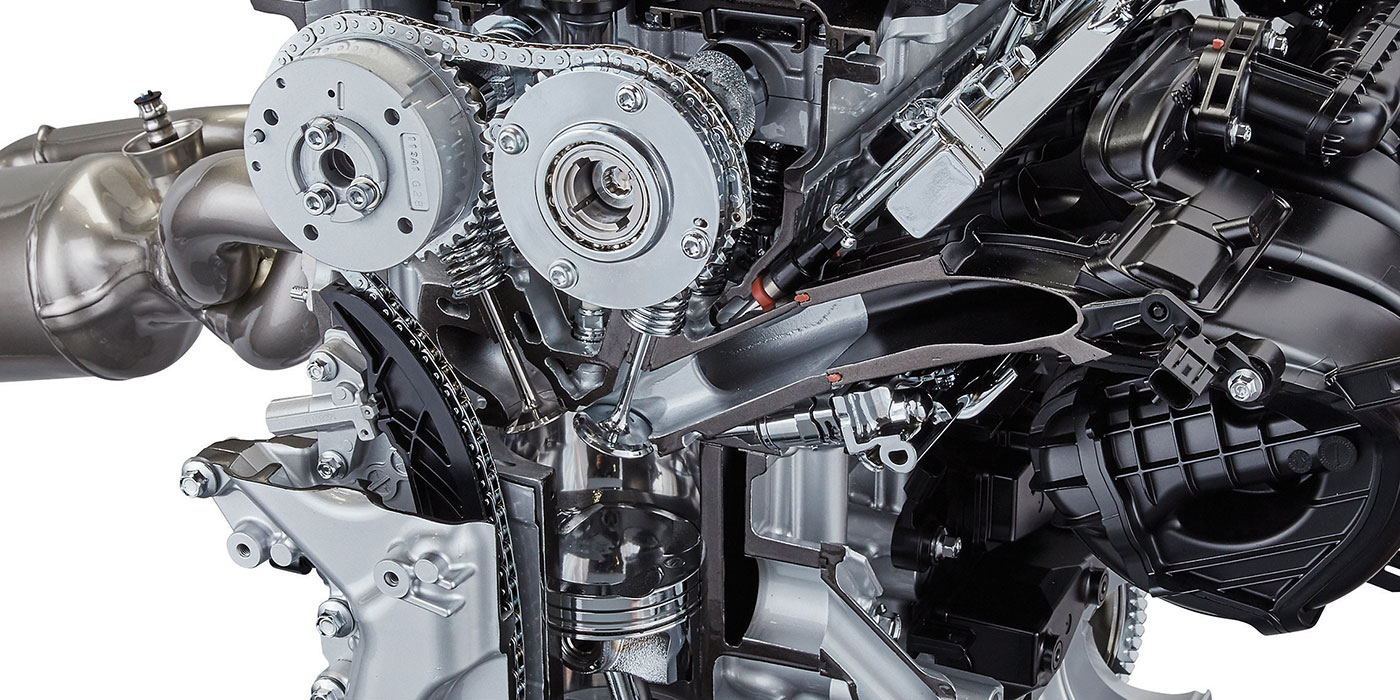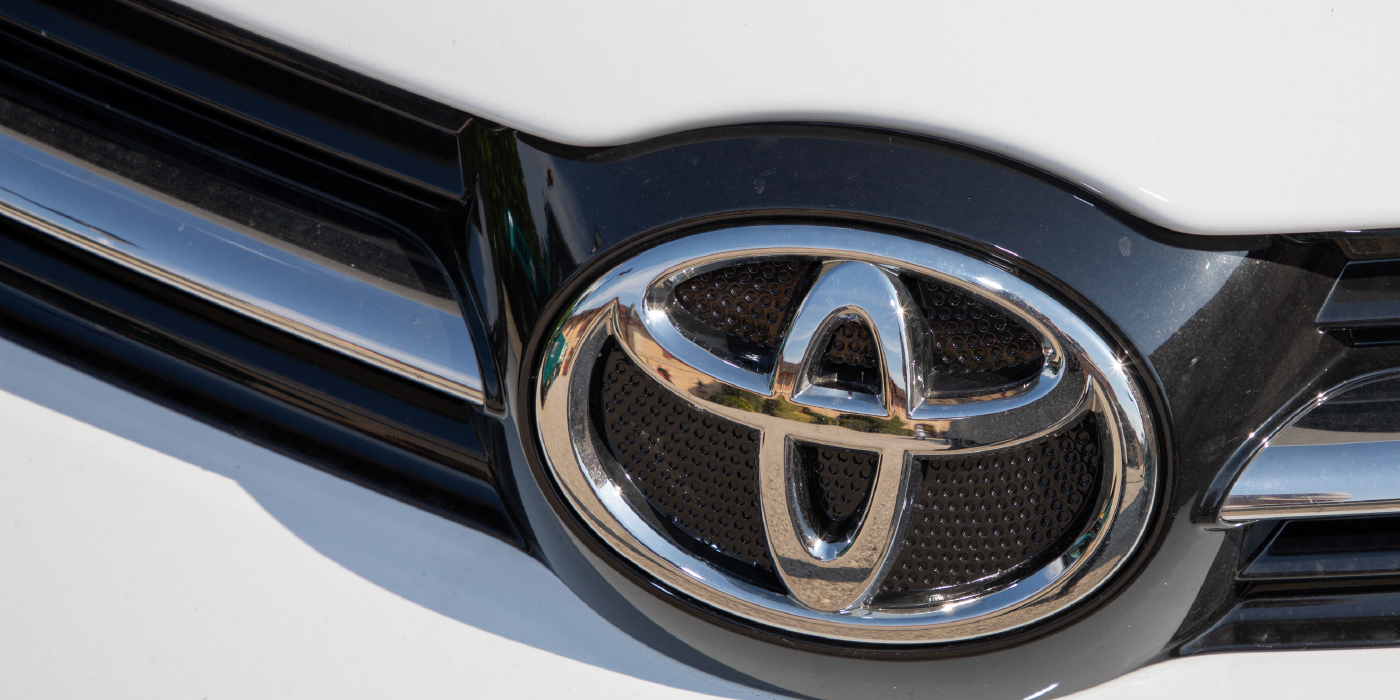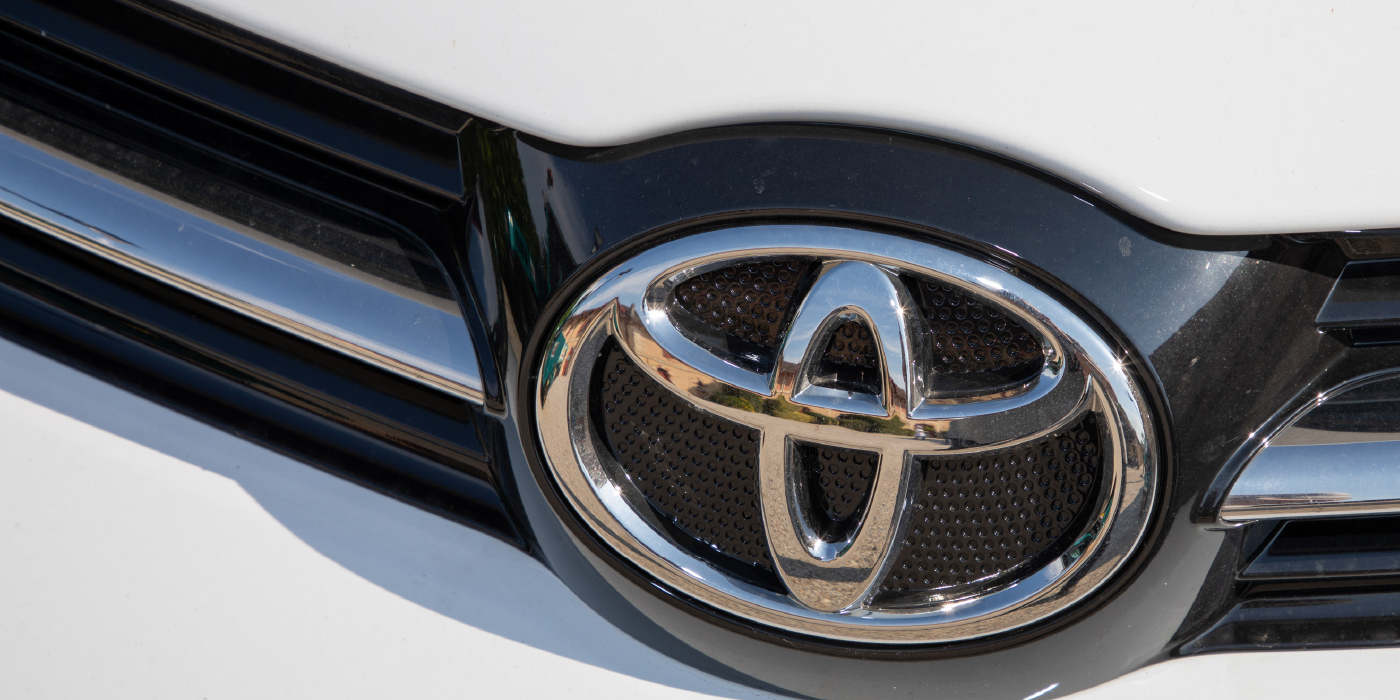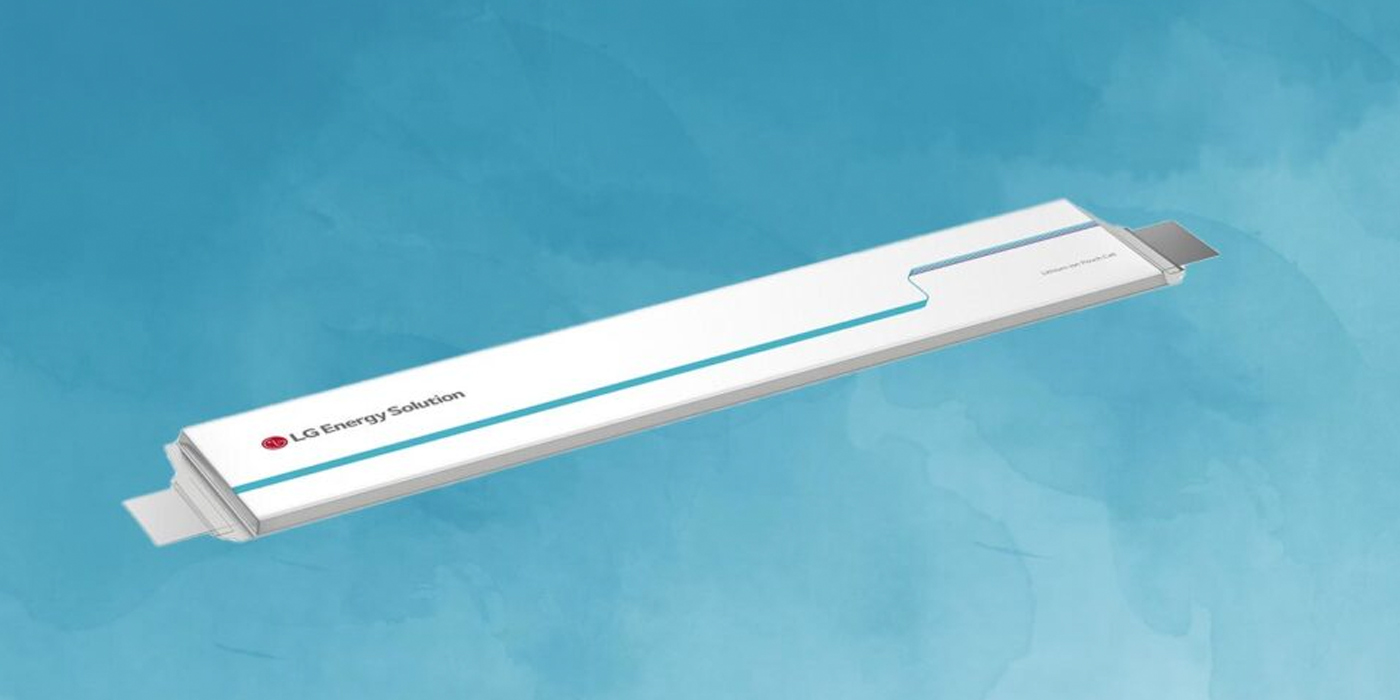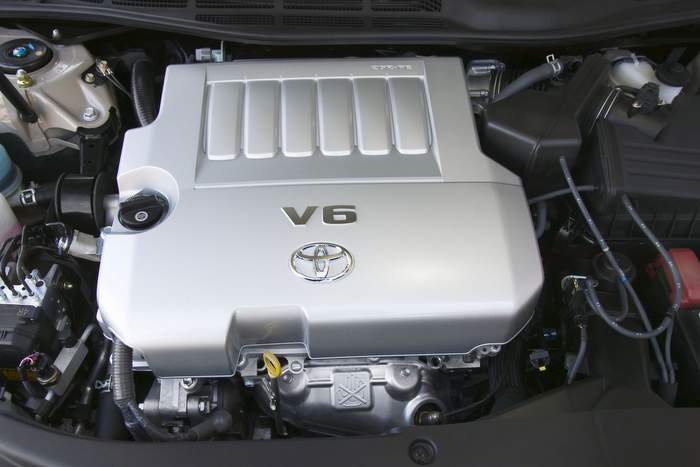
Model: 2005 Toyota Avalon and some models with similar system configurations, such as 2006 Camry models.
Condition: The customer complains that the check engine light is on, rough idle and engine idle surging between 500 and 800 rpm. The technician retrieved DTCs P0171 & P0174 (System too lean, banks 1 & 2). Technician replaced the air/fuel sensors on both banks and cleared the DTCs. After driving the vehicle for approximately 1 mile, all symptoms returned.
Correction: Replace cracked hose; erase DTCs and road test.
Explanation: A vacuum leak caused by a cracked hose between the charcoal canister purge valve and intake manifold will cause the air/fuel sensor to detect a high amount of oxygen in the exhaust system, producing a positive current flow and increasing the voltage signal above 3.3 volts. The engine control unit (ECU) on this Toyota puts out a voltage signal relatively proportional to the exhaust oxygen content, detecting the change and strength of current flow.
At 3.3 volts, the air/fuel ratio is 14.7 to 1 (stoichiometric) and there is no current flow. The ECU is receiving a false signal because the air leak is in the intake system behind the air mass meter. This causes the ECU to change injector opening duration rapidly as it analyzes the conflicting signals. OBD II is designed to monitor fuel trim on a continuous basis, thus causing the DTCs P0171 & P0174 to set. OBD II monitors evaporative emissions by checking for fuel vapor leaks once a drive cycle. If it detects no air flow when the charcoal canister purge valve is opened, DTC P0441 will set on the second drive cycle.
Courtesy of DENSO.

